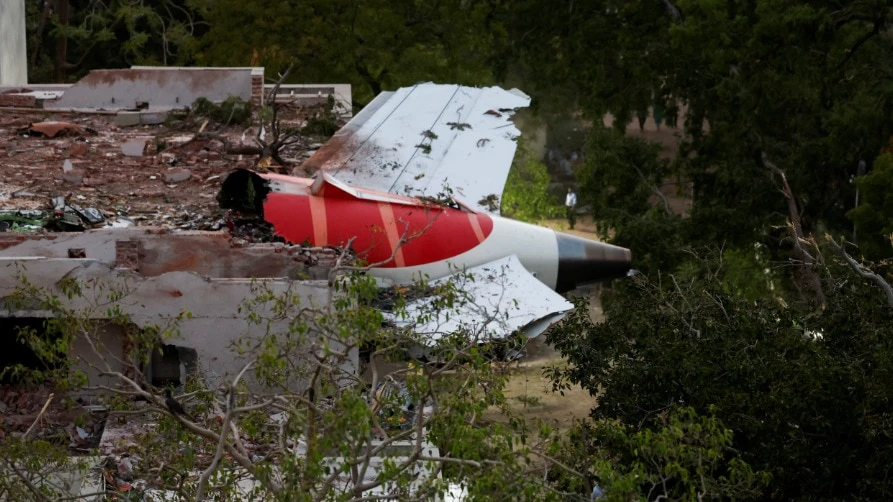The mid-air scare on the Amritsar-to-Birmingham Air India Boeing Dreamliner 787-8, which , the Ram Air Turbine (RAT), before landing, has brought back haunting memories of the fatal crash in Ahmedabad that killed 274 people months ago.
Same model, same airline, and RAT deployed just after take-off or before landing point to eerie similarities.
The RAT is usually deployed by the aircraft to provide emergency electrical and hydraulic power in case of a double-engine failure.
In Saturday’s incident, all electrical and hydraulic parameters were found to be normal, and the aircraft made a safe landing at Birmingham. Although no engine failure was detected, how and why the RAT was deployed remains unclear.
For now, the aircraft has been grounded for further checks, and passengers have been reported safe.
Considered the aircraft’s last lifeline, the fan-like device drops naturally from the underside of the plane when both engines fail, as was seen seconds before the fated AI 171 crash in June.
In a viral video of the crash, shot from a nearby rooftop, aviation experts citing audio and visual evidence indicated that the RAT was deployed shortly after takeoff.
Former US Navy pilot Captain Steve Scheibner pointed out a distinct “high-pitched squeal,” which he said was made by a RAT just before the crash. “It sounds like a high-pitched prop, like a Cessna going by.”
“It’s (RAT) not designed for an t and loses all power – there’s no time to get the engines restarted; there’s no benefit to them,” he added. Notably, the AI 171 was at 625 feet before it went crashing down.
The interim probe report, which found that a fuel supply cutoff led to engine shutdowns and triggered the emergency mechanism, lent further credence to the experts’ assessment.
Within seconds of takeoff, both engine fuel control switches were moved from “RUN” (fuel flowing) to “CUTOFF” (fuel stopped), one after the other, with only a one-second gap.
